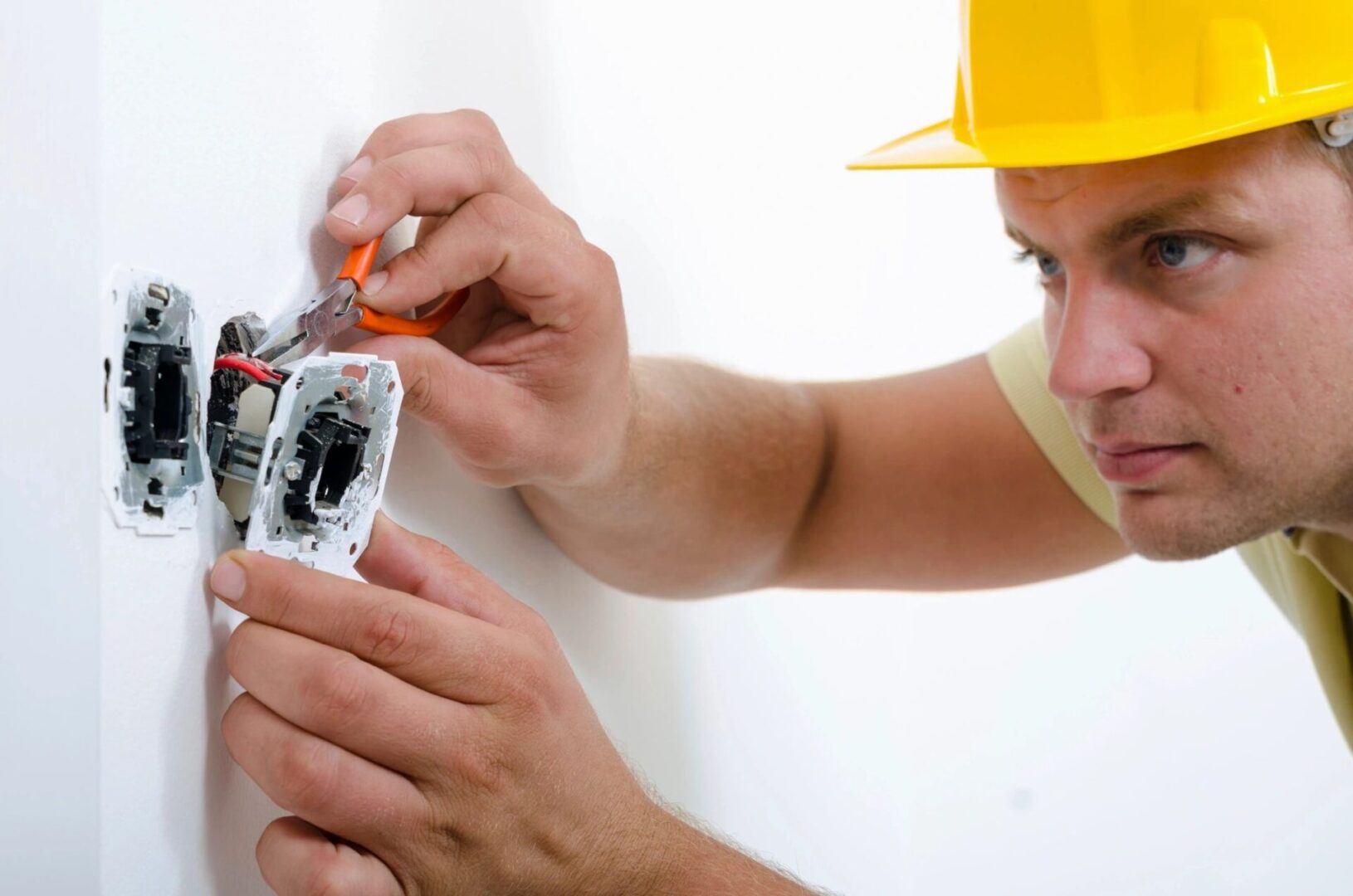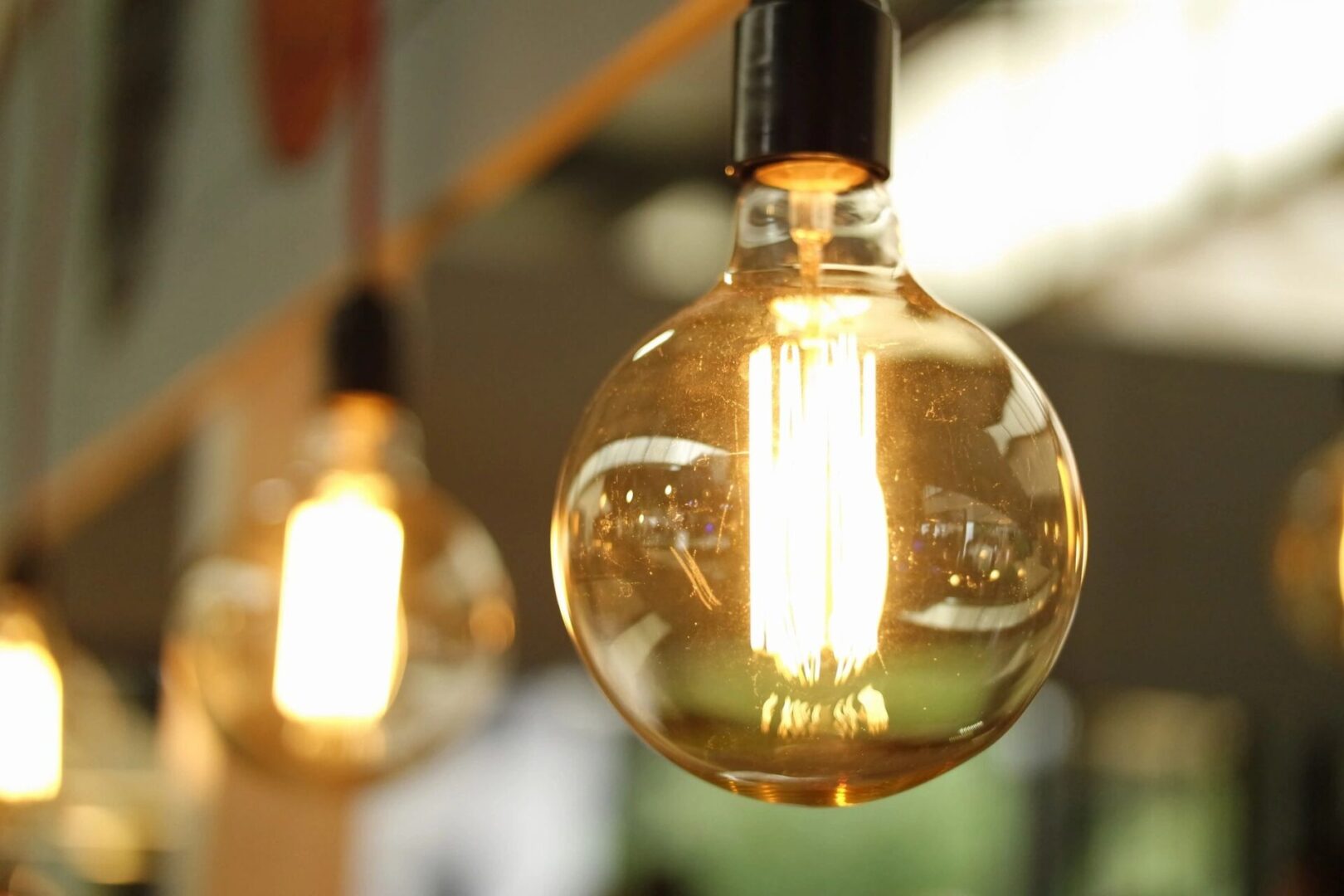Residential Electrical Services
At ADL Electric, we are pleased to offer a variety of residential electrical services for our customers. With 40+ years of experience and knowledge in the field, your residential electrical project is held safely in our hands.

Aluminum Wiring
The origin of many fires on aluminum wiring systems was traced to failures at points where the wire connected to receptacles and other devices on 15 and 20 amp household circuits. Although improper wiring techniques were deemed to be the cause of many of the problems, the intrinsic physical characteristics of aluminum wire were identified as a contributing factor.
Aluminum wiring has a greater resistance to electric current flow than copper. Consequently, aluminum wire must be one size larger than copper to safely carry the same current. If the wire is undersized, overheating can occur.
Other common conditions that lead to overheating include corrosion that develops from the contact of two dissimilar metals (aluminum wire to steel connector on old devices) and resistance caused by the oxidation of aluminum when exposed to the atmosphere.
Aluminum also has a greater thermal expansion/contraction rate and less resilience to bending than copper. This creates problems with current flow at connection points. A connection can loosen due to poor installation practices but also due to the inability of the aluminum to adapt to the constant temperature changes. As the wire expands and contracts with each use, the wire distorts and loosens, resulting in a gap between the wire and the connector that impedes current flow. This condition can lead to sparking and the igniting of adjacent combustible materials.
The areas of a house’s electrical system where the greatest concerns exist are typically the outlets that are used most often and/or have a high amount of current flowing through them on a regular basis. Signs of imminent concerns include warm cover plates, flickering lights, sporadic appliance operation, inoperative receptacles or switches, and the smell of burning plastic. But aluminum wire connections have been reported to fail without prior indications of potential signs.
If a standard receptacle or switch is being added to an aluminum wiring system, the only alternative is to use copper pigtails (using a wire-nut to connect a short piece of copper to the aluminum, and then connect the copper directly to the device).

In the mid-1990s, a new type wire-nut designed for use with aluminum to copper connections was introduced. This new twist-on connector (labeled AL-CU) has an internal spring to help hold the wires in place and is prefilled with an antioxidant paste. This is an improvement over standard wire-nuts previously available for pigtailing and may now be the most commonly used approach for performing remediation or repairs on aluminum connections.
It is recommended that all aluminum wire systems be checked by an electrician prior to title transfer, and then periodically afterwards. Systems that have not been remediated or upgraded following accepted guidelines should be evaluated to determine if remedial procedures are required. Where remedial procedures have been performed, documentation on the scope and methods of work and subsequent electrical inspections should be obtained. If a defect is observed, an electrician familiar with aluminum wiring and the accepted remedial procedures should check the system.
In all cases, however, any work completed must meet the current electric code requirements.
A homeowner should not attempt to perform repairs. Since the availability of the use of a properly listed AL-CU twist-on connector may be a feasible alternative.
The use of aluminum on the main service line into the house panel and on major appliance circuits continues to be common practice in many areas. When aluminum wire is installed in these cases, it is considered to only be a moderate concern, provided the appropriate installations and maintenance procedures are followed.



